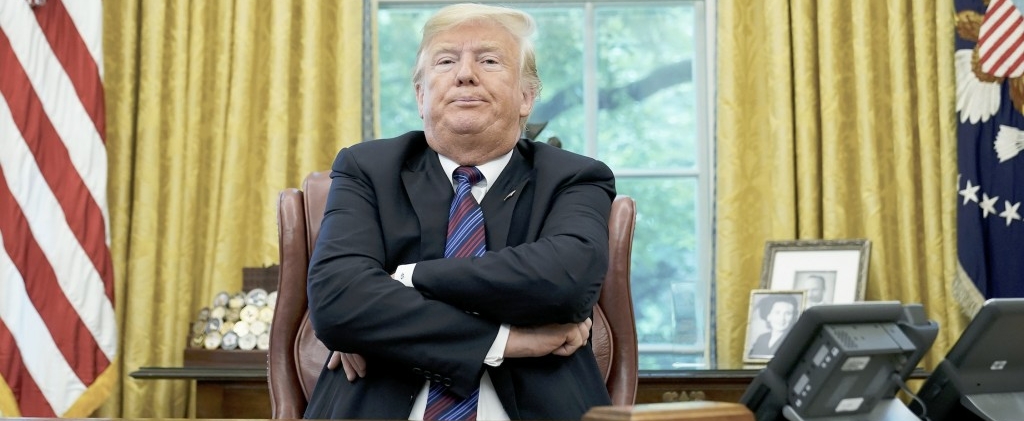Cam Akers, like many rookie running backs, needed some time to get used to life in the NFL during his first season in the league. The growing pains were very much worth it for the team and the player — 520 of his 748 yards from scrimmage during the regular season came in the Los Angeles Rams’ final five games of the year, and despite the fact that his team was bounced in the conference semis, Akers is the NFL’s leading postseason rusher up to this point with 221 yards over a pair of games.
Akers also knows what it’s like to beat one of the two teams participating in Sunday’s Super Bowl. The Rams didn’t play the Kansas City Chiefs this season, but in Week 11, the Tampa Bay Buccaneers fell to L.A., 27-24. Akers didn’t have his most productive game — five carries for 15 yards and one catch for four yards that went for a touchdown — but he played a role in his team knocking off a squad that is 60 minutes away from lifting the Lombardi Trophy.
With that in mind, Uproxx Spots caught up with Akers on behalf of Panini to discuss the Bucs, Sunday’s matchup, his rookie year, and more.
You were on one of four teams to beat Tampa Bay this season. I’m interested in what you remember from the lead-up to that game, particularly what you guys wanted to emphasize going in?
Playing our game. That was our emphasis, really. It wasn’t keying on this one player, keying on that one player. Obviously you’ve got a gameplan for the best player, but just play our game, obviously. Once you get past the big names, it was just football for us, so our whole thing is just go out and play football. We did, and we came out on top.
Was there anything you remember about the game, specifically? Was it just that you guys were able to execute really well, or was there anything particularly noteworthy that stood out?
Just the preparation. That’s something that can’t go unnoticed. I feel like the preparation to get to the point to have the confidence that I played effective, played to win.
What really stuck out about the Bucs as you went up against them?
Their resilience. You’ve got a lot of football teams who are good while they’re up, can play while having the lead. But can’t many continue to play hard when they’re down and continue to fight and give effort. Just their resilience and their fight and desire to win.
I know the Chiefs have played and beaten them already, but let’s say Andy Reid calls and says “Cam, I want your advice on what I need to do on Sunday.” What are you telling him?
Run the football well. [laughs]
Let’s talk about Sunday, what’re you looking out for? What interests you about these two teams?
I’m just looking for a good game, honestly. I know a few people on each of the teams, I’m just looking for good performances out of some of the people I know, and a good game. Both of them are great teams, you’ve got Patrick Mahomes on one side, Tom Brady on the other. I’ll have my popcorn, I’ll be watching.
Are you a prediction guy or are you someone who tries to stay away from those?
I’m a prediction guy, but I don’t always share my predictions.
I’ll definitely be on the lookout for that this week.
I might drop one.
I wanna talk about you a little, you were a guy our site really liked coming into the 2020 Draft, took a little time to find your footing but you really exploded at the end. What was it about the first three months of the year that set you up for such a huge final month and a half?
Just the process, understanding it’s a process. My coach, position coach, every day just letting me know it’s a process, you’re gonna be just fine, just continue to work, and ultimately doing that, sticking with it. Anybody can tell you to do something and want you to do it, but you gotta wanna do it, you gotta understand it, you gotta see it for yourself. Just sticking with it, knowing what I’m capable of, and knowing what I can do, and going to do it.
Looking back on this year, where were you happy with your performance and are there any areas that you really wanna focus on as you’re heading into your first full NFL offseason?
I wasn’t happy at all. Well, I wouldn’t say happy, I wasn’t satisfied at all. Happy to get my rookie year under my belt, make some plays, but satisfied? I left a lot on the field, and when I say a lot, I mean way too much. Just learning from it and not repeating the same things I did last year is the ultimate goal for this upcoming season.
Are you one of those guys who is never satisfied because you think if you are, it’ll slow you down? Get you a little too comfortable?
No, I’m just never satisfied because I feel like I can always be better. It’s never about me getting worshiped, I just feel like I can always be better, somebody’s always in front of you, there’s always somebody better than me that I’m chasing. Knowing someone’s above me and knowing someone got better, I always want to be better.
One guy I wanna ask you about is Jalen Ramsey — both FSU guys, during camp, there was a story where he hit you good during 11 v. 11s and then called you “one of my favorite teammates already.” Know you’re on the other side of the ball but what do you learn from a guy as good as him with his mentality when you’re around him every day?
Speaking on that tackle, we were supposed to be thud and he did it, anyway. I’m just throwing that out there. [laughs]
I learn a lot from J-Ram, just the way he goes about being a pro. He approaches every day the same way, he goes to work every day the same way. You can tell that plays a part in his success, the way he prepares, the way he goes about being a person. That plays a part in his success. That’s a great person to have on your team, it’s always good to have the No. 1 corner in the world and the best defensive player in the world on your team.
When you’ve got guys like him and Aaron [Donald] setting the bar, you have to work hard to meet it.
Yessir. You see those guys work every day.
The Rams tweeted out a video from the beginning of the season where you said: “We’re really in the league. And we’re really just going like the wind, we don’t even realize we’re in it, we’re just playing ball still.” Was there a moment where that changed and it dawned on you that you finally made it?
First game. It dawned on me way before that, but the first game, it was like, “Yeah, alright, we here now.” First game, in my first NFL game. Around the time of the first game, that’s when it was like, alright.
What do you have going on with Panini?
We’re doing a signing and we’re doing a little photoshoot.
As a kid, were you someone who collected stuff like cards, autographs, sports memorabilia?
My family did. My dad, he had all the cards and all of that stuff, my uncles. Seeing them with all the baseball cards and all the different basketball player cards, I was like, “Maybe one day I’ll have my own,” and here we are.
Was there any one card in any sport that you remember, or really sticks out, or you carried with you, something like that?
Nah, I wasn’t the carry a card around type.
You want people carrying around the Cam Akers card someday.
I do. That’d be perfect.
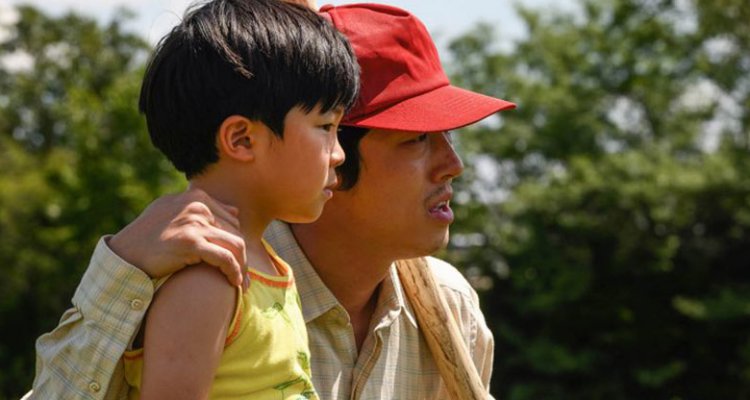
https://t.co/958s0zbXys

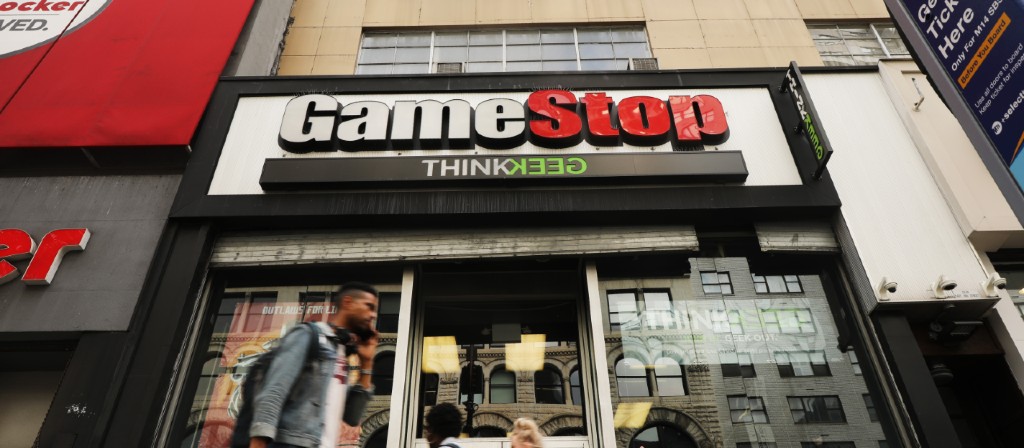

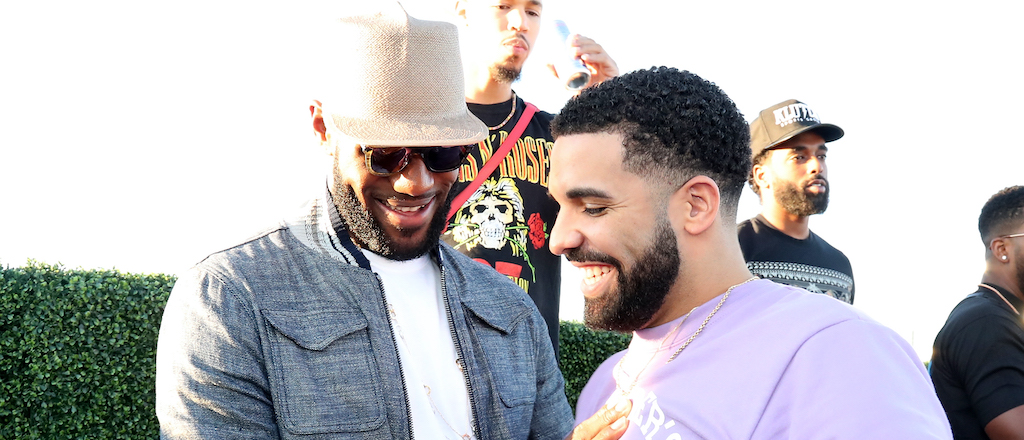

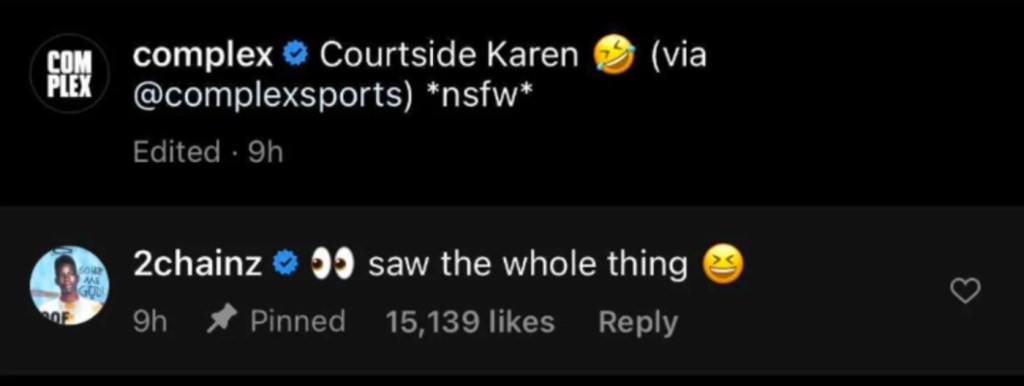

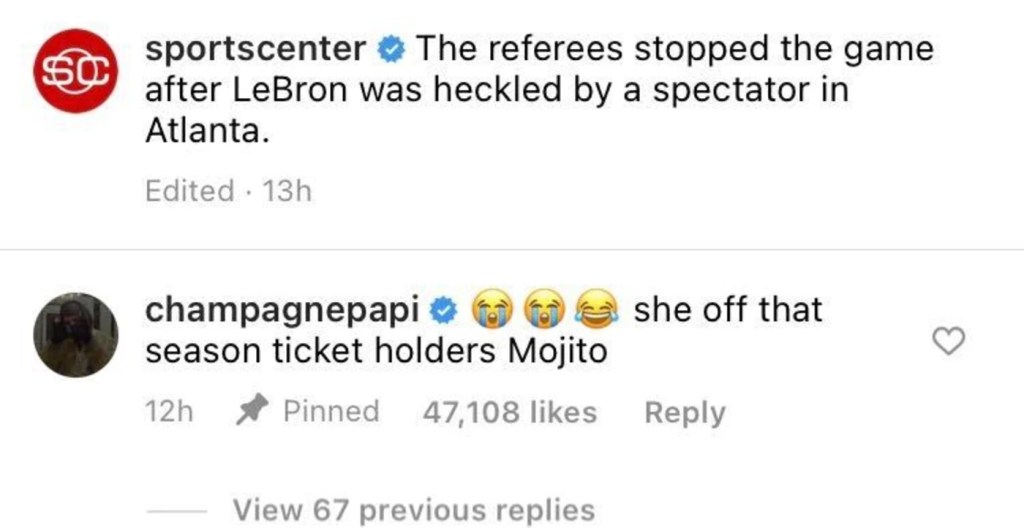


 VALENTINE
VALENTINE
 (@khanradc)
(@khanradc) 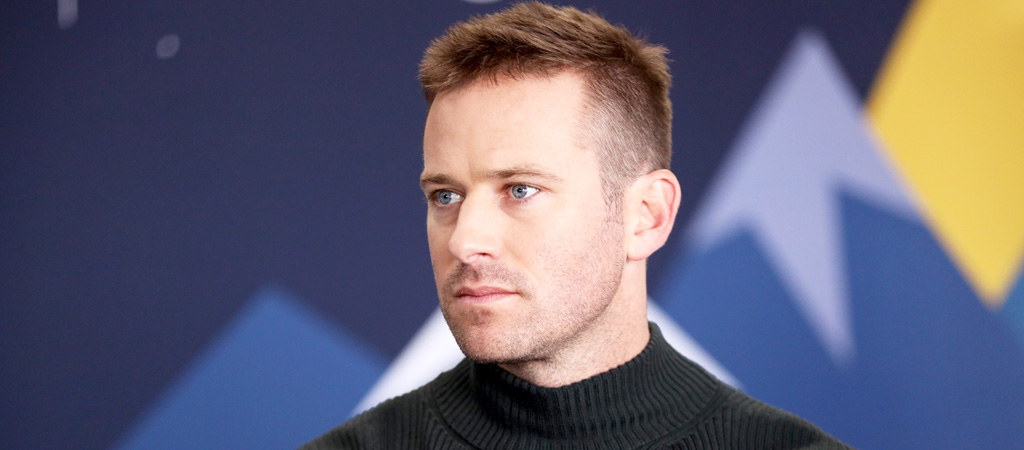


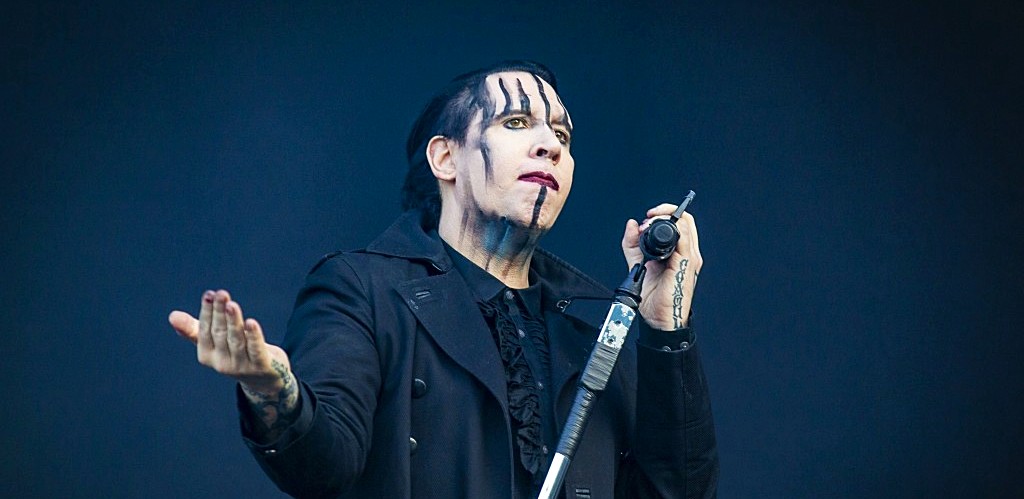
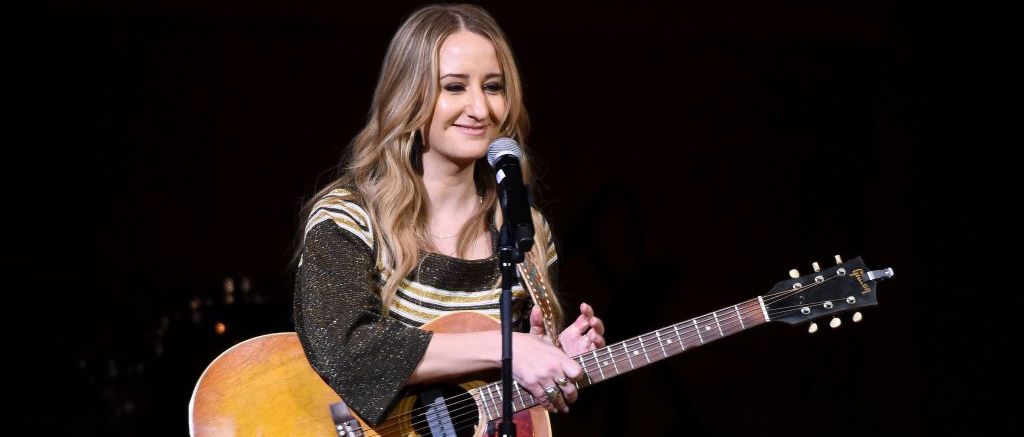
 (@lukecombs)
(@lukecombs) 